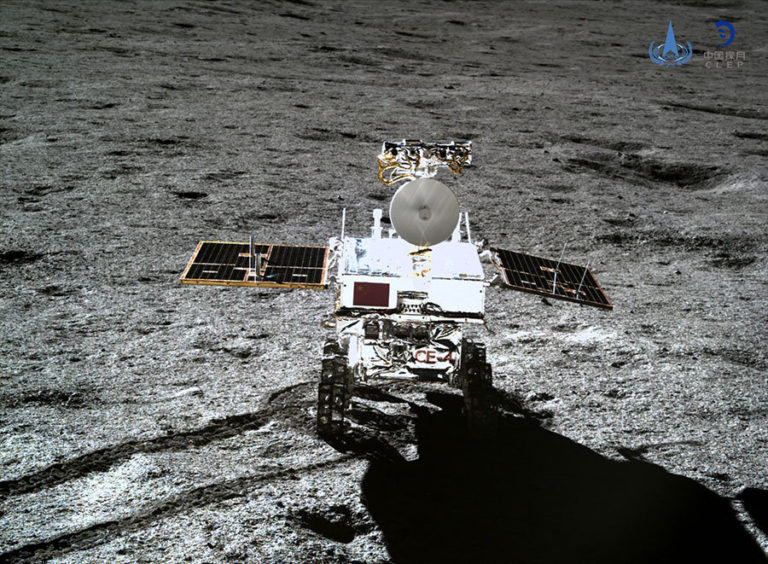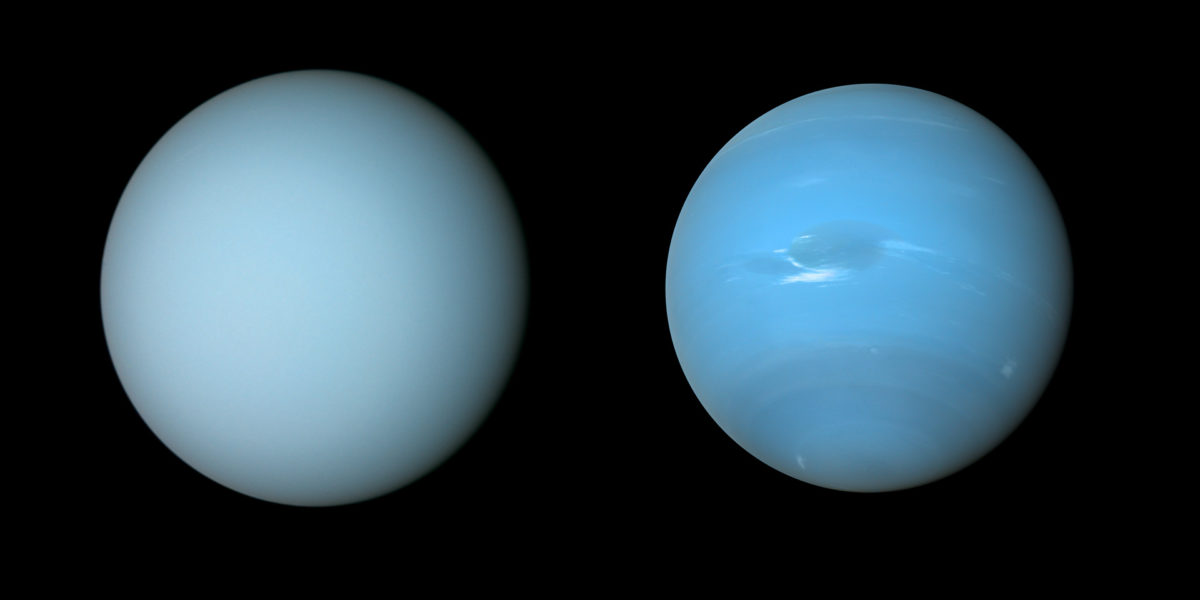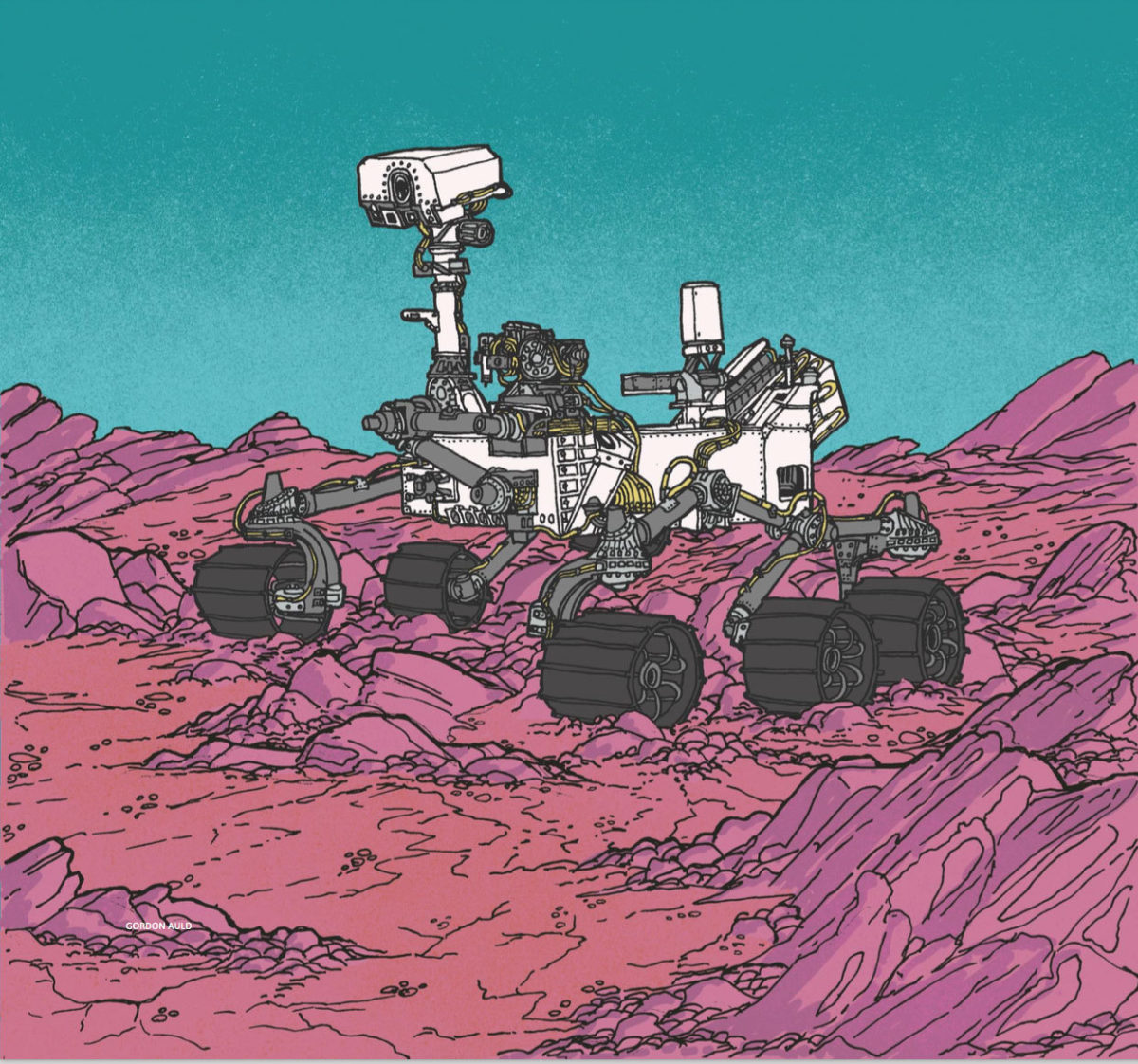The Downlink • Mar 13, 2020
An epic Mars panorama and a space board game
Space Snapshot

NASA released a 1.8-billion-pixel panorama of Mars as seen by the Curiosity rover. Curiosity took more than 1,000 images late last year to create the scene. Curiosity is exploring Gale Crater; the Trump administration has proposed to slash funding for its extended mission.
You love space, now take action
Welcome to The Downlink. This weekly newsletter is your toolkit to learn more about space, share information with your friends and family, and take direct action to support exploration. Anyone can subscribe at planetary.org/connect to receive it as a weekly email.
Mission Briefings


China’s Yutu-2 moon rover (pictured) may try to spend a year driving to a scientific target 1.8 kilometers from its current location. The target location may have rocks that would help scientists better understand the history and geology of the region. Yutu-2 is part of the Chang’e-4 mission to explore the far side of the Moon.

Europe and Russia will delay launching the second ExoMars mission until 2022. The mission, which features the Rosalind Franklin rover, would have lifted off in July or August. Last-minute parachute testing already threatened to delay the mission; officials say travel restrictions brought on by COVID-19 exacerbated the situation. Mars missions can only be launched when Earth and Mars are favorably aligned; a 2-month window opens roughly every 2 years.

Private company Axiom Space is partnering with SpaceX to fly the first fully private mission to the International Space Station. In 2021 a SpaceX Crew Dragon will carry 4 people to the ISS in for an 8-day stay. Axiom already plans to install a private module aboard the ISS in 2024, as part of NASA’s plan to commercialize human spaceflight in Earth orbit. The shift is meant to allow NASA to focus its resources on sending humans to deep space.

NASA’s Orion spacecraft is back at Kennedy Space Center in Florida, where it will remain until launch. Orion spent the past several months undergoing testing at NASA’s Plum Brook Station in Ohio ahead of its 2021 test flight. That flight will see the Space Launch System blast the uncrewed spacecraft to lunar orbit and back. NASA plans to use Orion and other vehicles to land humans on the Moon in 2024 as part of the agency’s Artemis program.

NASA’s Curiosity rover successfully climbed its steepest hill yet on Mars. The mission team now has access to a geologically interesting spot they eyed from orbital imagery, where water may have once drained off nearby Mount Sharp. From its new vantage point, the rover will produce panoramas, scan the horizon for dust devils, and observe Martian clouds.

Twelve surface features on asteroid Bennu now have official names that were proposed by NASA’s OSIRIS-REx mission team. The names, authorized by the International Astronomical Union, describe craters, ridges, boulders, and other prominent features on the 500-meter-wide asteroid. OSIRIS-REx is currently preparing to collect a sample from Bennu in August.
From The Planetary Society

The March Equinox issue of our quarterly magazine, The Planetary Report, is now available! Members get a physical copy in their mailbox, but anyone can access the magazine online for free. This issue, 6 scientists discuss the big questions that will drive the next 10 years of exploration at Mercury, Venus, the Moon, Mars, small bodies, and the outer planets (pictured). Image credit: NASA / JPL-Caltech / Björn Jónsson.
Fuel Your Passion

The Planetary Society is excited to partner with OSIRIS-REx Principal Investigator Dante Lauretta to announce a new space science board game, XTRONAUT 2.0: The Game of Solar System Exploration. This game gives players the chance to develop space missions and explore the solar system, based on real planetary missions and rocket science as well as the politics and strategy that space missions have to navigate. Check out the official Kickstarter to reserve your copy and help get this game off the ground!
What's Up

Over the next week you’ll be able to see Venus bright in the sky after sunset. Mars, Jupiter, and Saturn will be visible in the predawn sky. Uranus will also be visible after sunset, but you’ll need binoculars or a telescope to spot it.
Wow of the Week

While Curiosity brings us ultra-high-definition photos of the Martian surface, an artist’s imagination delivers an equally compelling image of our robotic emissary on its alien world. Artist credit: Gordon Auld.
Do you have a suggestion for the Wow of the Week? We’re looking for space-related art, music, gadgets, quotes, fashion, burning questions, sci-fi passages, or anything else that will make our readers go “Wow!” Send us your idea by replying to this email.


 Explore Worlds
Explore Worlds Find Life
Find Life Defend Earth
Defend Earth


